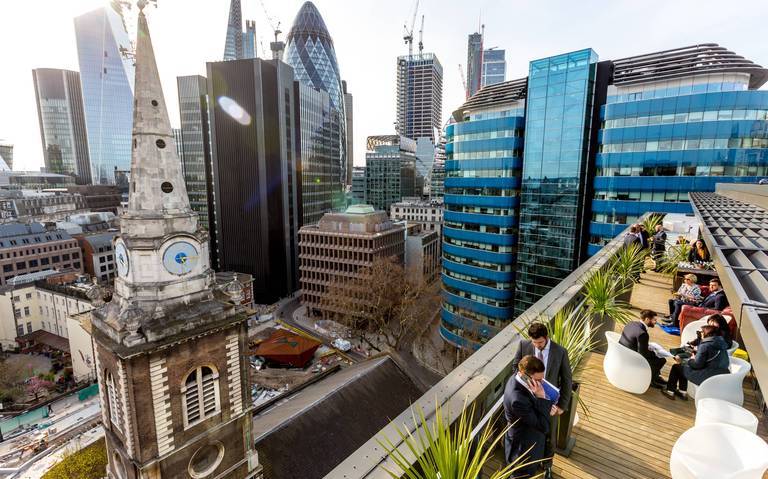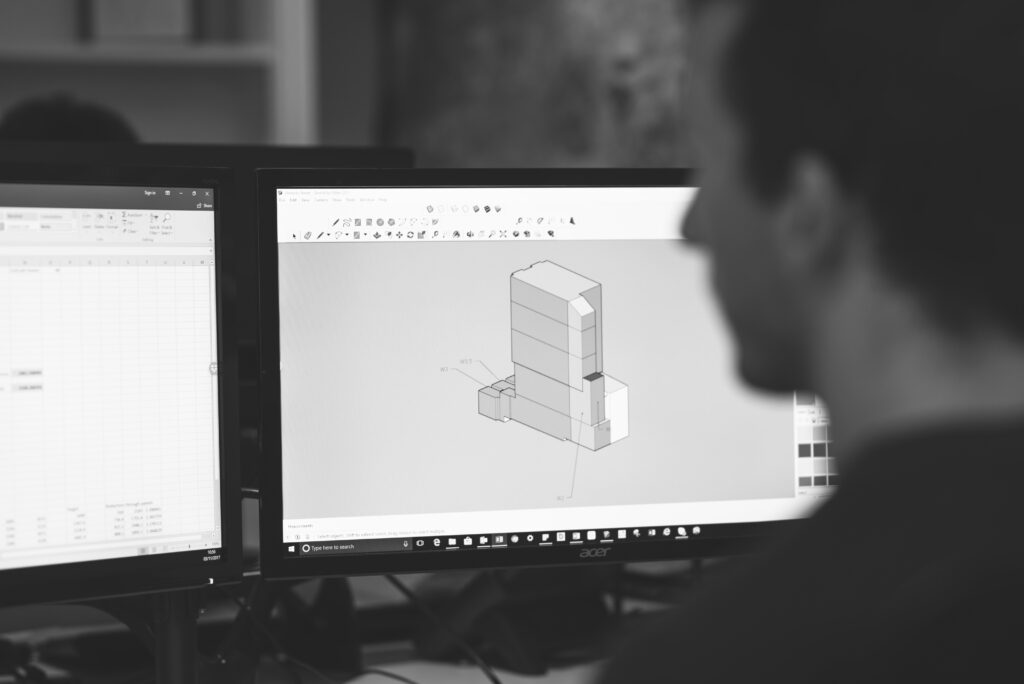All new non domestic buildings must demonstrate their energy credentials, and this is done with SBEM Calculations.
SBEM Calculations are used to demonstrate compliance with the building regulations, specifically Part L2A. This part of the regs is concerned with energy performance in anything other than residential schemes.
Whether you are part of the early design team, or an onsite contractor, working with an experienced and knowledgeable consultant will smooth the process, reduce risk and minimise costs.
Compliance must be shown at both design and ‘as-built’ stages.
What do I need?

There are several elements to achieving L2A compliance.
At design stage your consultant will use SBEM assessment software to demonstrate the predicted building performance. This results in an output document called a ‘BRUKL’. This firstly shows how the building measures up against the carbon emissions target (Target Emission Rate).
Secondly the BRUKL is checking how the building fabric and fixed building services meet certain minimum standards. Thirdly it demonstrates how the solar gains have been limited across the various zones of the building to limit overheating.
It’s not just about compliance
It’s important to understand that compliance is only part of the story. We work alongside design teams early at RIBA stages 2-4 to help them shape a design which not only meets the regs, but meets more ambitious client objectives and sustainability aims.
By being involved early your assessor can offer much more creative advice, suggest economic solutions and maximise opportunities to reduce energy demand onsite.
SBEM Calculations also produce an EPC
New non-domestic buildings also require an EPC. This is produced from the same assessment model that provided the BRUKL report.

EPCs for non-domestic buildings give a rating based on the carbon emissions of running the building, to allow comparisons between different buildings.
Dynamic Modelling
Our consultants can also use DSM tools (Dynamic Simulation Modelling) to assess buildings. This is a far more advanced and accurate method which allows far greater analysis, and can be used to inform wider aspects of design like daylighting, overheating and heat losses for sizing building services.
For more information see Dynamic Simulation Modelling.
SBEM Calculations for Extensions
Large extensions must also meet L2A requirements, these being defined as having:
- A total useful floor area greater than 100 m2 and;
- Greater than 25% of the total useful floor area of the existing building.
More Information?
See SBEM for existing buildings and What is SBEM and why use it?
For more detail on building regs see the Part L2B document
Would you like to discuss your project?
Call us for a chat on 0330 055 34 05 or email be@buildenergy.co.uk.
